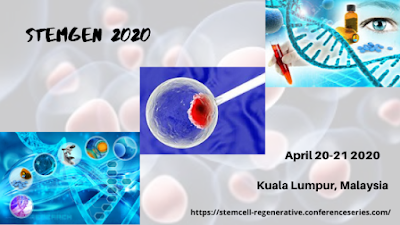Gene and Cell Therapy is a total game changer for many patients

Gene therapy is an innovative technique that uses to treat genetic disorders. This method may allow doctors to treat a disorder by place a gene into a patient’s cells rather than using drugs or surgery. The variety of quality treatment is centered on substantial-quality treatment and germline quality treatment relating to viral and non-viral vectors. T-cells are the type of lymphocyte cells that are developed in the laboratory to hit the cancer cells. T-cell therapy is nothing but an immune therapy to treat certain sorts of cancer. Nano therapy may be a new trend within the field of drugs that uses nanoparticles to deliver drugs to the targeted part. Two different types of gene therapy Somatic gene therapy : Transfer of a neighborhood of DNA to any cell of the body that does not produce sperm or eggs. Germ line gene therapy : Transfer of a neighborhood of DNA to cells that produce eggs or sperm. Cell Therapy treatment with cells. An innovation that depends on suppl...


